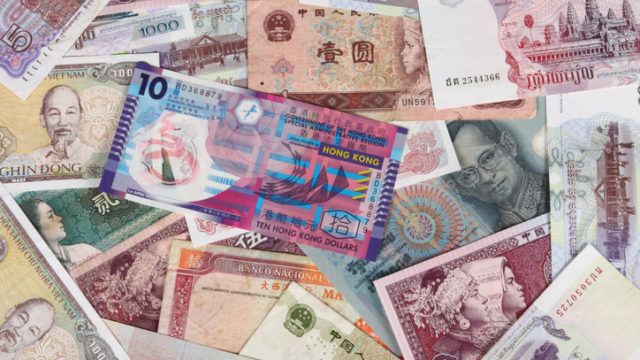The impact of rising global inflation and interest rate hikes on global bond prices this year is not all bad for investors in Asian bonds who are looking at the near- and medium-term future.
“Peaking bond yields, measured rate hikes in Asia and still healthy credit fundamentals among Asia’s higher quality corporates present investors with the potential for more attractive returns and diversification,” said Danny Tan, head of fixed income at Eastspring.
Further, as China growth risks recede, flows are likely to return into Asian bonds, providing another supporting factor for prices.
New opportunities emerging
According to Eastspring, while Asian bonds were affected by the rise in US yields, China’s growth slowdown in the first half of 2022 further weighed on investor sentiment towards Asian and emerging market assets.
At the same time, most local currency 10-year bond yields are currently close to their five-year highs, and many have exceeded previous highs during the 2018 Fed hiking cycle.
“We believe that Asia’s higher bond yields today offer investors an attractive opportunity to gain bond exposure,” said Tan.
In particular, the divergence in the macro, inflation and currency outlook within Asia presents active investors with opportunities to enhance returns through duration management, credit selection and currency bets, he added.
This is supported by corporate fundamentals, especially among Asia’s higher quality companies, which have remained healthy.
“In fact, leverage and interest coverage ratios are largely back to pre-Covid levels for Asian investment grade corporates,” said Tan.
“Interest coverage has improved on the back of lower borrowing costs. Net debt/Ebitda has also fallen, implying that Asian corporates are requiring less time to pay off their debt.”
Meanwhile, while the pace of rate hikes is picking up in Asia, central banks across the region are likely to be less aggressive than the Fed.
With supply disruptions responsible for the rise in food prices, Eastspring sees it as being unlikely that higher rates will be effective in bringing prices lower.
This increases the possibility that Asian central banks will respond to supply-driven food inflation with non-monetary measures such as subsidies.
Support from China
The role of China will also play a key role for investors in Asian bonds.
“China’s economy needs to stabilise for investor sentiment, especially sentiment towards Asian assets, to improve,” explained Tan.
Based on the firm’s expectation of more aggressive easing and supportive measures in the real estate sector in the second half of this year, the biggest challenges for the Chinese economy might be behind it.
For example, Chinese policy makers have announced greater fiscal support in the form of tax cuts. Infrastructure investment will also be an important growth driver.
In addition, the People’s Bank of China has been encouraging high-quality domestic property developers to acquire projects owned by their distressed peers, which can potentially help lower the default rate in the sector.
All this will, however, still take some time to translate to opportunities.
“It would take time for the counter-cyclical measures to be reflected in the real economy,” added Tan.
Further, the Chinese renminbi should be more stable in the second half of 2022, believes Eastspring, in turn helping to anchor the region’s currencies.

















